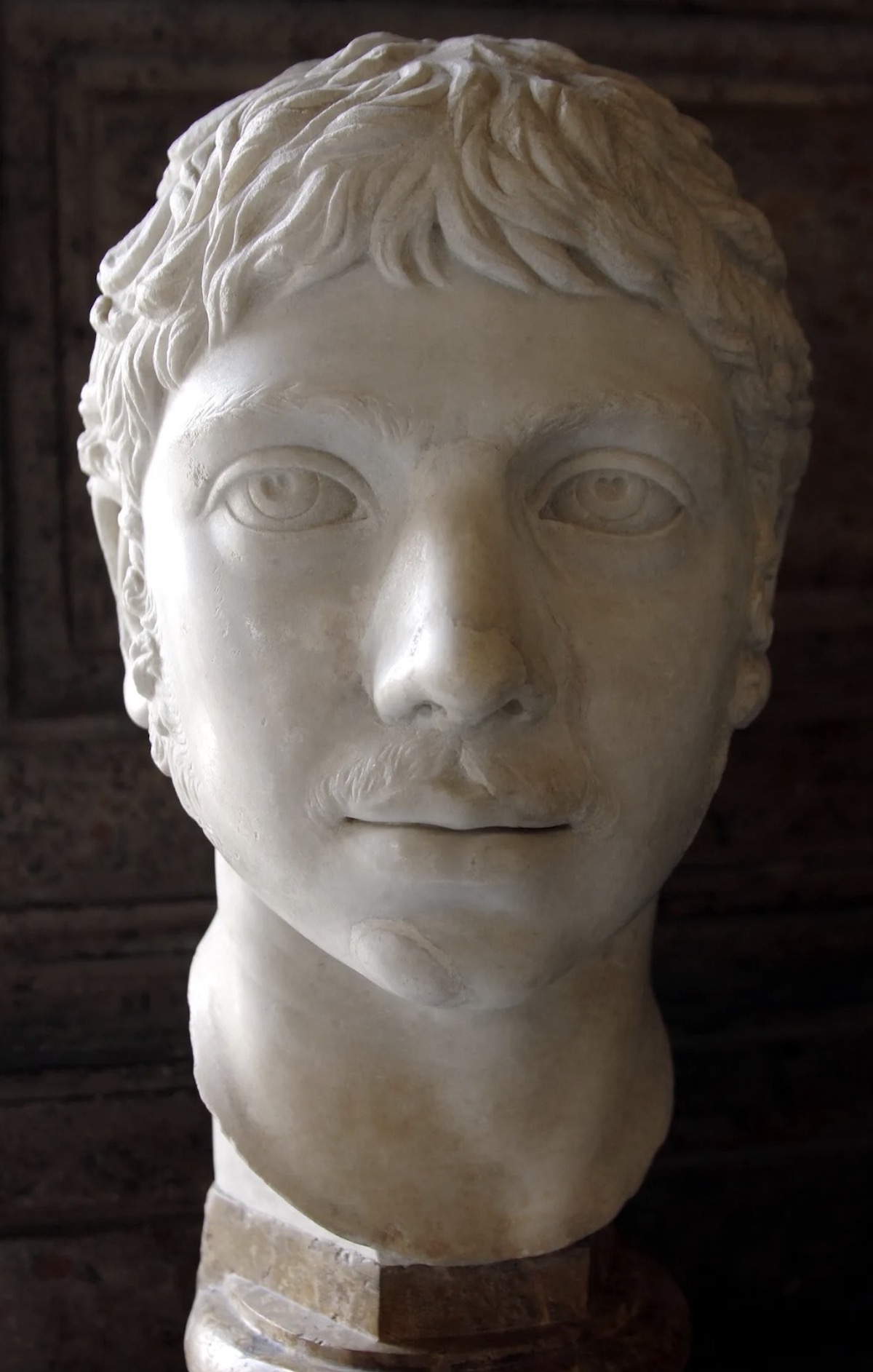After years of academic research and debate, the North Hertfordshire Museum in the UK has announced that it will be adopting new pronouns to reflect the transgender identity of the ancient Roman emperor Elagabalus. The decision to refer to the ruler as “she” is based on classical texts where Elagabalus explicitly requested to be called “lady.”
The North Hertfordshire Museum, which holds a silver denarius coin minted during Elagabalus’s reign (218-222 AD), has expressed its commitment to inclusivity. Keith Hoskins, Executive Member for Enterprise and Arts at North Herts Council, emphasised the importance of respecting historical figures’ chosen pronouns, paralleling the approach taken by contemporary individuals.
Hoskins stated in an August release, “We try to be sensitive to identifying pronouns for people in the past, as we are for people in the present; it is only polite and respectful. We know that Elagabalus identified as a woman and was explicit about which pronouns to use, which shows that pronouns are not new.”
He further explained the historical context, debunking previous translations that inaccurately referred to Elagabalus as ‘they.’ This misinterpretation stemmed from the classical Greek language’s lack of gender distinction when referring to people in the third person. However, evidence, such as Dio’s text, clarified Elagabalus’s preference for the ‘she’ pronoun.
A statement from November 2021 on the museum’s website delves into the complexity of Elagabalus’s gender identity. Born male, Elagabalus identified as a woman during her early teenage years and unsuccessfully sought sex reassignment surgery which was an unknown quantity in this timeline.
Elagabalus, one of the most controversial Roman emperors, challenged societal norms of the time. The emperor’s marriage to the charioteer and former enslaved person Hierocles, along with her preference for being called ‘domina’ (lady) over ‘dominus’ (lord), showcases a multifaceted exploration of gender and identity.
This move by the North Hertfordshire Museum aligns with evolving discussions around trans-inclusive practices. Last month, the University of Leicester’s Research Centre for Museums and Galleries (RCMG) published new guidance on trans-inclusive practices in UK cultural institutions, sparking both support for trans rights and criticism from various quarters, underscoring the ongoing and intensified debate on this issue.
Elagabalus: The Trans-Roman Emperor
Birth: c. 203 AD – Death: March 11, 222 AD
Emperor Marcus Aurelius Antoninus, commonly known as Elagabalus, was born around 203 AD to the prominent Severan family in Emesa, in the Roman province of Syria. His birth name was Varius Avitus Bassianus, and he later took the name Marcus Aurelius Antoninus upon ascending the throne.
Elagabalus became emperor at the tender age of 14 in 218 AD, succeeding his cousin Emperor Macrinus. Eccentricities and a departure from traditional Roman norms marked his reign. The young emperor’s devotion to the Syrian sun god, Elagabal (from which he derived his nickname), was unparalleled. He introduced the worship of Elagabal to Rome, attempting to elevate the deity to the supreme position in the Roman pantheon.
One of the most controversial aspects of Elagabalus’s reign was his disregard for established Roman customs. He married five times, including a union with a Vestal Virgin—a grave offense in Roman tradition. His penchant for luxurious living, extravagant parties, and alleged indecision shocked the conservative Roman elite.
Elagabalus’s rule was also marked by political instability and discontent among the Roman military. In 222 AD, at the age of only 18, he was assassinated alongside his mother, Julia Soaemias, in a mutiny led by the Praetorian Guard. Their bodies were subjected to post-mortem mutilation, and their remains were thrown into the Tiber River.
While Elagabalus’s reign was brief and tumultuous, it left an indelible mark on Roman history. His unconventional lifestyle and attempts to impose foreign religious practices contributed to his infamy. Despite—or perhaps because of—his controversial legacy, Elagabalus remains a fascinating figure in the annals of Roman emperors.
Top Photo: Photo: José Luiz via Wikimedia Commons

